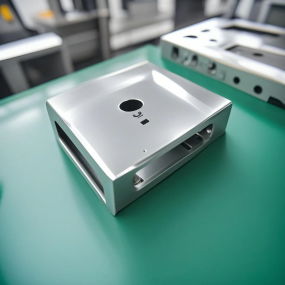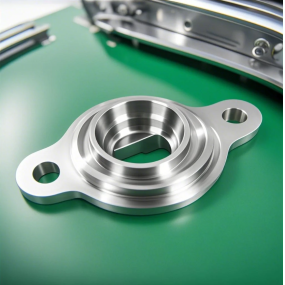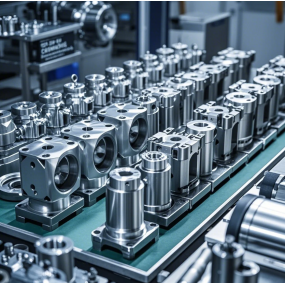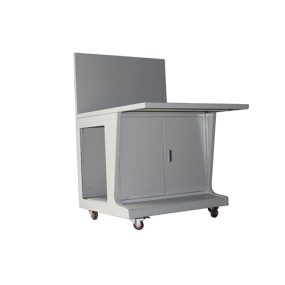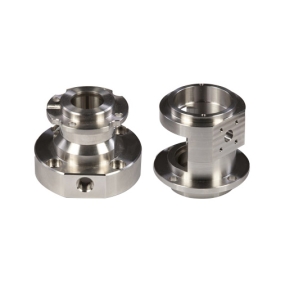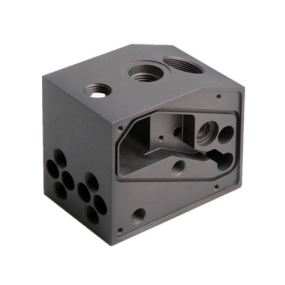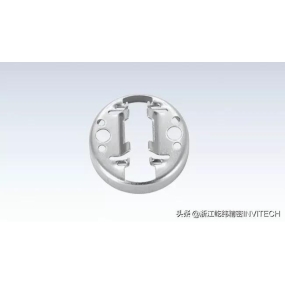Non standard parts processing refers to the process of processing parts that do not have strict national standards, specifications, and parameter regulations. These parts are mainly designed and controlled freely by enterprises according to actual needs. Next, the editor will introduce how to improve the quality and performance of non-standard parts processing products, which can be improved and optimized from the following aspects: 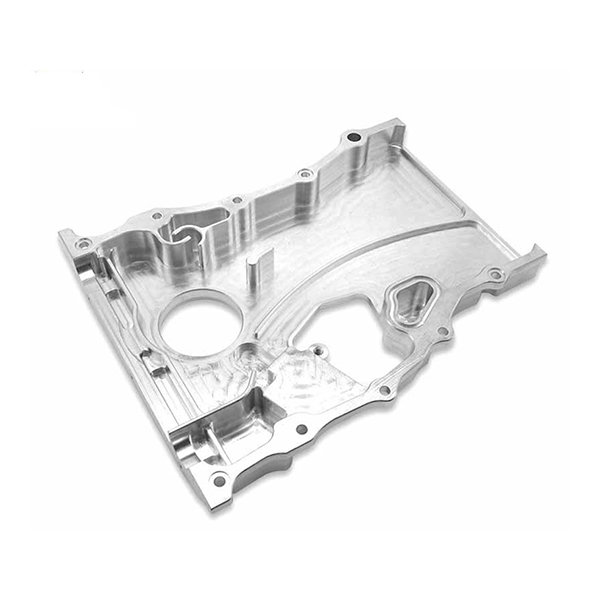 ① Optimize design and drawings: Precise design: Ensure the accuracy and completeness of design drawings, avoid design errors and omissions. Material selection: Choose high-quality materials that meet the functionality and usage environment of the parts. Structural design: Optimize the structural design of parts to improve their strength and stability Improve processing technology: Introduce good technology: Adopt good processing equipment and technology, such as CNC machine tools, laser cutting, etc., to improve processing accuracy and efficiency. Train operators: Enhance their skills and knowledge, enabling them to proficiently master advanced processing techniques Strictly control process parameters: develop standard processes: establish clear processing procedures and parameters to ensure that each step of processing meets the standards. Monitoring and adjustment: Real time monitoring of process parameters during the machining process, timely adjustment and optimization to ensure machining quality and efficiency Strict quality control: Establish inspection standards: Develop clear inspection standards and processes to ensure that every part undergoes strict quality inspection. Introduce testing equipment: Adopt good testing equipment and methods, such as coordinate measuring instruments, X-ray inspection, etc., to improve the accuracy and efficiency of testing. Continuous improvement: Based on inspection results and feedback, continuously optimize and improve processing technology and quality control processes Optimize supply chain management: Select high-quality suppliers: Establish long-term cooperative relationships with suppliers with strength and reputation to ensure the quality of raw materials and accessories. Strengthen supplier management: Conduct regular evaluations and audits of suppliers to ensure they meet quality requirements Strengthen employee training and management: Improve employee quality awareness: Through training and education, enhance employees' understanding of the importance of quality. Introduce incentive mechanisms: Establish incentive mechanisms to encourage employees to actively participate in quality improvement and innovation activities Introduction of Quality Management System: Introduce ISO 9001 and other quality management systems, establish comprehensive quality management processes and systems. Regularly conduct internal audits and management reviews to ensure the effective operation and continuous improvement of the quality management system Strengthen communication with customers and the market: Understand customer needs: Actively communicate with customers to understand their needs and expectations for product quality and performance. Follow market trends: Pay attention to market and industry development trends, adjust and optimize product design and processing technology in a timely manner.
① Optimize design and drawings: Precise design: Ensure the accuracy and completeness of design drawings, avoid design errors and omissions. Material selection: Choose high-quality materials that meet the functionality and usage environment of the parts. Structural design: Optimize the structural design of parts to improve their strength and stability Improve processing technology: Introduce good technology: Adopt good processing equipment and technology, such as CNC machine tools, laser cutting, etc., to improve processing accuracy and efficiency. Train operators: Enhance their skills and knowledge, enabling them to proficiently master advanced processing techniques Strictly control process parameters: develop standard processes: establish clear processing procedures and parameters to ensure that each step of processing meets the standards. Monitoring and adjustment: Real time monitoring of process parameters during the machining process, timely adjustment and optimization to ensure machining quality and efficiency Strict quality control: Establish inspection standards: Develop clear inspection standards and processes to ensure that every part undergoes strict quality inspection. Introduce testing equipment: Adopt good testing equipment and methods, such as coordinate measuring instruments, X-ray inspection, etc., to improve the accuracy and efficiency of testing. Continuous improvement: Based on inspection results and feedback, continuously optimize and improve processing technology and quality control processes Optimize supply chain management: Select high-quality suppliers: Establish long-term cooperative relationships with suppliers with strength and reputation to ensure the quality of raw materials and accessories. Strengthen supplier management: Conduct regular evaluations and audits of suppliers to ensure they meet quality requirements Strengthen employee training and management: Improve employee quality awareness: Through training and education, enhance employees' understanding of the importance of quality. Introduce incentive mechanisms: Establish incentive mechanisms to encourage employees to actively participate in quality improvement and innovation activities Introduction of Quality Management System: Introduce ISO 9001 and other quality management systems, establish comprehensive quality management processes and systems. Regularly conduct internal audits and management reviews to ensure the effective operation and continuous improvement of the quality management system Strengthen communication with customers and the market: Understand customer needs: Actively communicate with customers to understand their needs and expectations for product quality and performance. Follow market trends: Pay attention to market and industry development trends, adjust and optimize product design and processing technology in a timely manner.
Hello! Welcome to EMAR's website!
 English
English » »
» »
 Spanish
Spanish Arabic
Arabic French
French Portuguese
Portuguese Belarusian
Belarusian Japanese
Japanese Russian
Russian Malay
Malay Icelandic
Icelandic Bulgarian
Bulgarian Azerbaijani
Azerbaijani Estonian
Estonian Irish
Irish Polish
Polish Persian
Persian Boolean
Boolean Danish
Danish German
German Filipino
Filipino Finnish
Finnish Korean
Korean Dutch
Dutch Galician
Galician Catalan
Catalan Czech
Czech Croatian
Croatian Latin
Latin Latvian
Latvian Romanian
Romanian Maltese
Maltese Macedonian
Macedonian Norwegian
Norwegian Swedish
Swedish Serbian
Serbian Slovak
Slovak Slovenian
Slovenian Swahili
Swahili Thai
Thai Turkish
Turkish Welsh
Welsh Urdu
Urdu Ukrainian
Ukrainian Greek
Greek Hungarian
Hungarian Italian
Italian Yiddish
Yiddish Indonesian
Indonesian Vietnamese
Vietnamese Haitian Creole
Haitian Creole Spanish Basque
Spanish Basque



